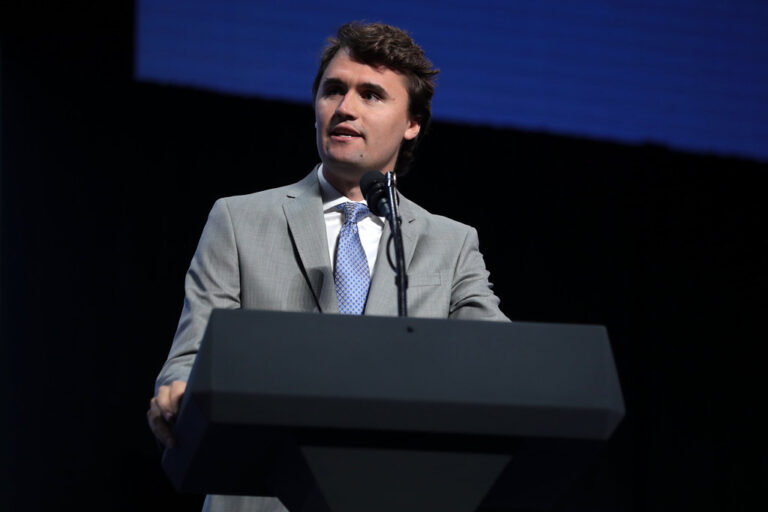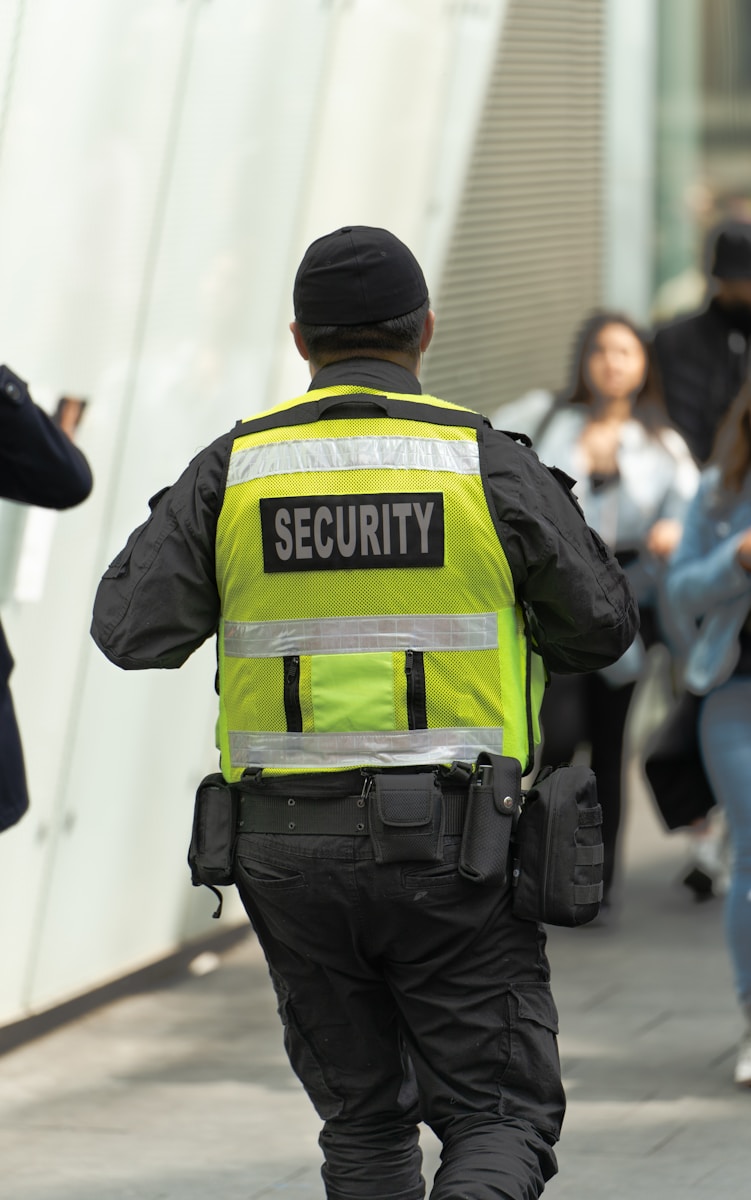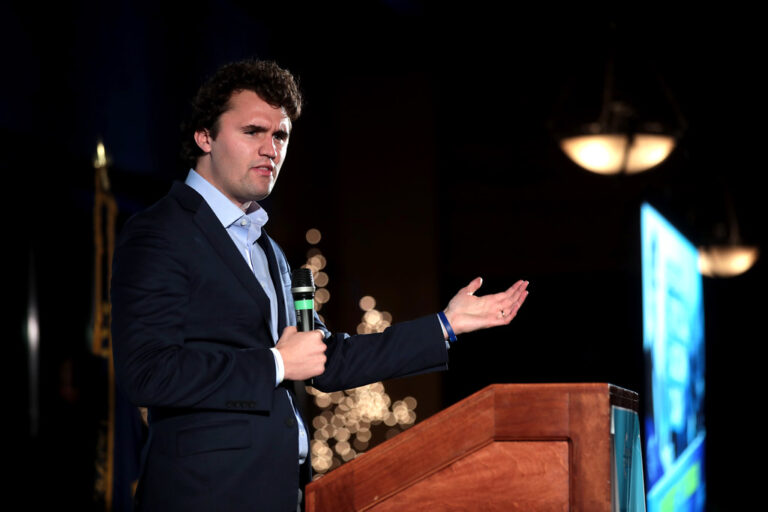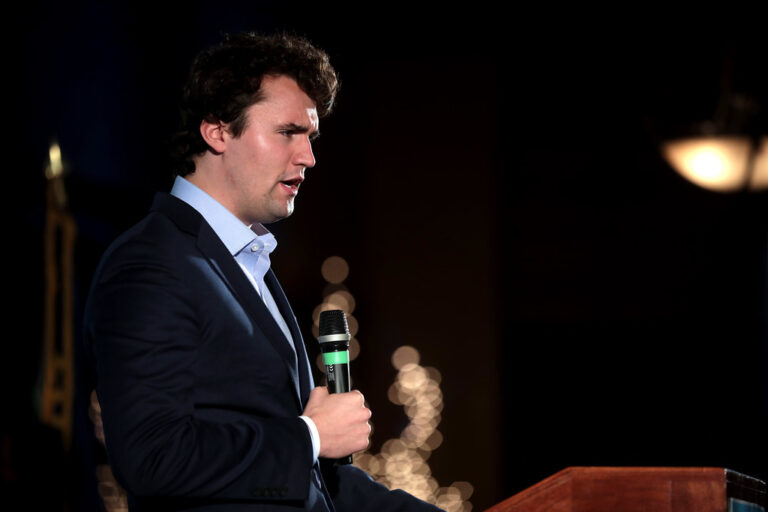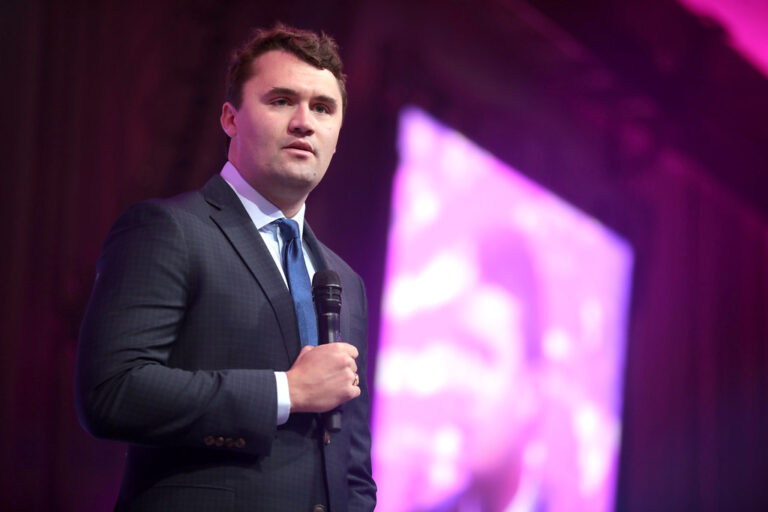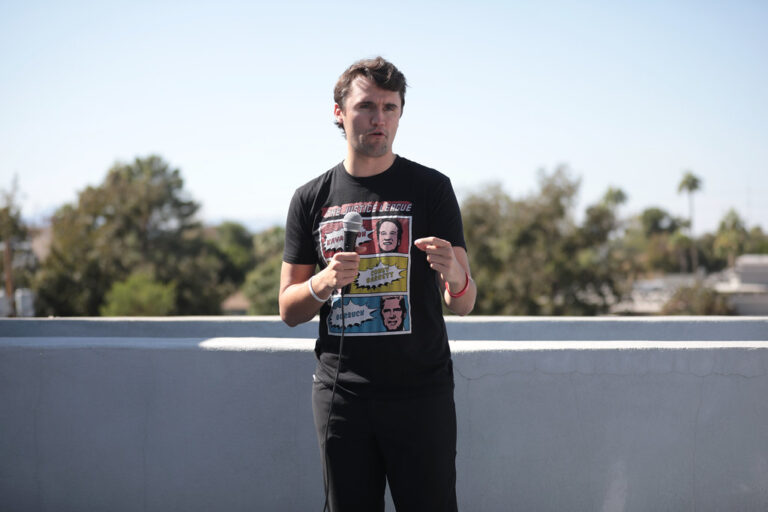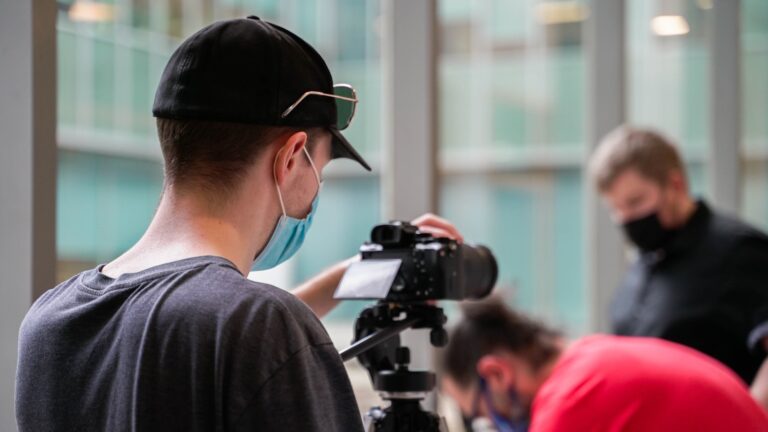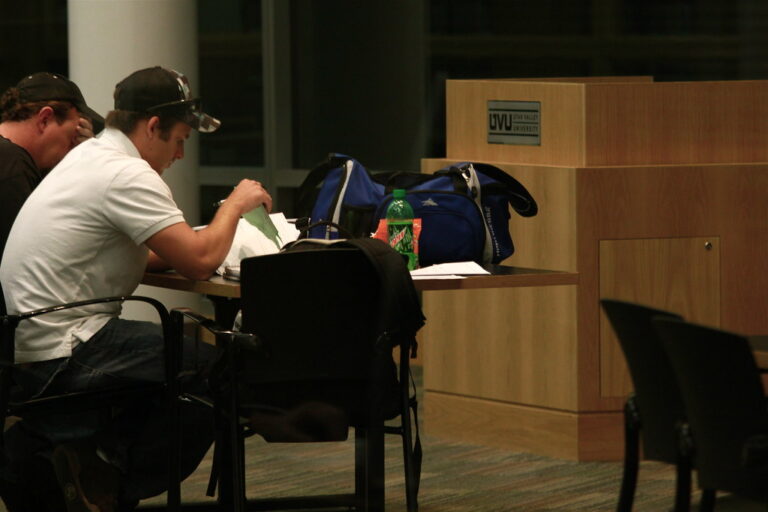Key Takeaways:
- Two Republican lawmakers disrupted a moment of silence on the House floor honoring Charlie Kirk.
- Rep. Lauren Boebert demanded the prayer be spoken aloud, sparking partisan shouting.
- Rep. Anna Paulina Luna then shouted expletives at Democratic colleagues.
- The incident unfolded after conservative commentator Charlie Kirk was shot.
- The clash highlights deep political divisions in Congress.
Understanding the House floor clash
On Wednesday, two Republican lawmakers turned a solemn tribute into a shouting match. They were honoring Charlie Kirk, who had been shot earlier that day. Then they focused their anger on Democratic colleagues. As a result, the moment of silence never stayed silent. This House floor clash exposed the sharp divide in Congress.
Background on Charlie Kirk shooting
Charlie Kirk had been on his American Comeback Tour when the shooting happened. He sat under a tent during a question-and-answer session. Suddenly, shots rang out. Kirk fell wounded and was rushed to a hospital. After hours of uncertainty, word spread he had died. Congress planned a brief tribute to honor his life and work.
The moment of silence gone wrong
Speaker Mike Johnson asked all members to stand for a prayer. At that point, Rep. Lauren Boebert spoke up. She demanded the prayer be said out loud. She said, “Silent prayers get silent results.” Her words broke the expected calm. Democrats began to shout in response. They reminded everyone of a school shooting in Colorado that injured students. The shouting grew louder.
Why the House floor clash turned heated
Soon after, Rep. Anna Paulina Luna rose and directed expletives at Democratic lawmakers. She had posted earlier that she was “done with the rhetoric this rotten House and corrupt media has caused.” Therefore, her outburst reflected deep frustration. The Speaker had to bang his gavel to restore order. However, the shouting resumed before the session moved on.
The political fallout
This House floor clash drew criticism from both sides. Some members called it disrespectful to the memory of Charlie Kirk. Others defended Boebert and Luna as speaking needed truths. A House Republican, who asked to stay anonymous, called the scene disgusting. Moreover, the incident highlighted the rising tensions in Washington. Many now worry that more moments of respect might turn sour.
How lawmakers reacted
Republicans who disagreed with Boebert stayed silent after the gavel. Some Democrats said the disruption showed a lack of compassion. Meanwhile, outside observers blamed social media for increasing hostility. They argued that online echo chambers push members to grandstand on big platforms. As a result, the possibility of calm debate seems to slip away.
Why this matters
This event matters because it shows how political fights can intrude on solemn occasions. When leaders respond to tragedy with more anger, unity becomes harder. Yet, moments like these offer a chance to reflect on decorum and empathy. Lawmakers and citizens must ask if shouting matches serve the public good. Otherwise, the cycle of outrage may never end.
Lessons moving forward
First, respect for seriousness can help heal divisions. Second, words have power in tense settings. Third, elected officials set the tone for public discourse. If they model civility, others may follow. Conversely, when they shout, they normalize chaos. Therefore, both parties should consider calls for restraint during moments of national concern.
Looking ahead
Congress will face many more moments that demand unity. Tragedies and celebrations all test the bonds of democracy. Each member must decide whether to honor the occasion or score political points. Only time will tell if the House can rise above partisanship. Until then, the memory of this House floor clash will linger.
FAQs
What caused the shouting on the House floor?
The shouting started when Rep. Boebert demanded an audible prayer. Democrats then responded with partisan remarks, leading to more chaos.
Who interrupted the moment of silence?
Rep. Lauren Boebert first spoke out. Later, Rep. Anna Paulina Luna shouted expletives at Democratic colleagues.
Why was Charlie Kirk honored in Congress?
Charlie Kirk was shot and hospitalized while on tour. Congress paused to offer a prayer and moment of silence in his memory.
Will this clash change how Congress manages tributes?
It may. Leaders could set stricter rules for decorum during tributes. However, deep political divides remain a challenge.

